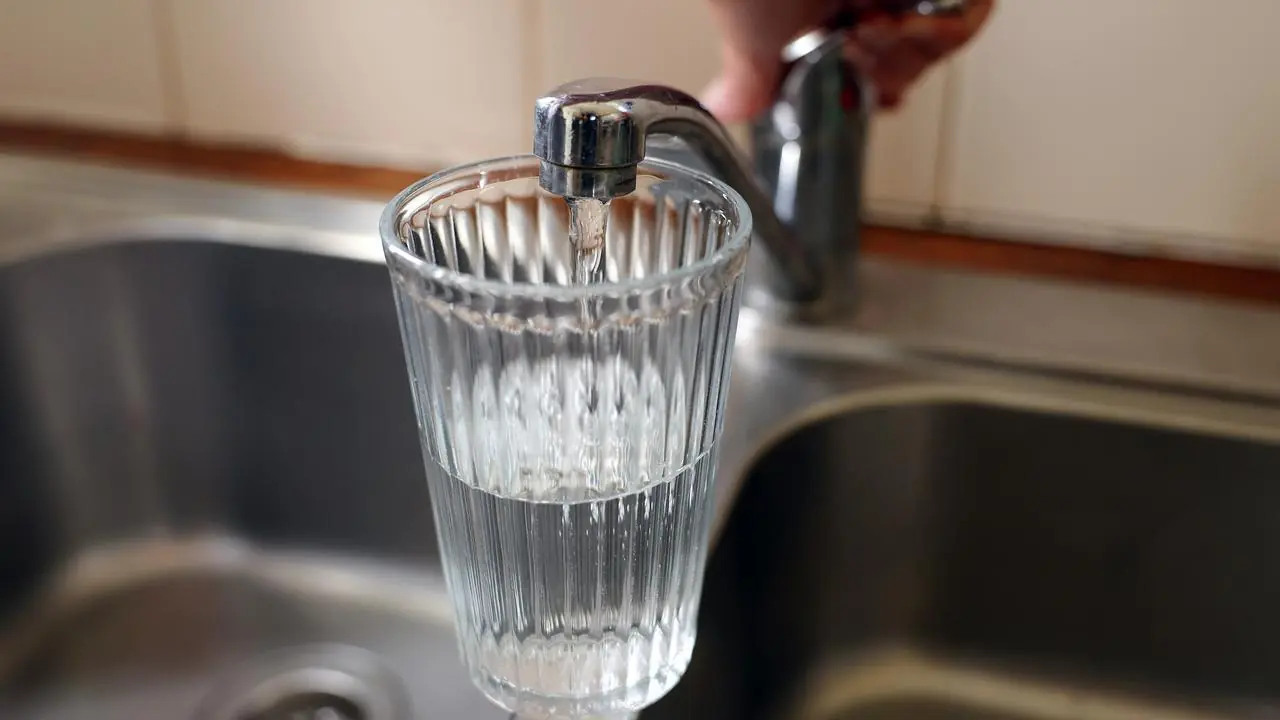
Shoc.king Levels of Microplastics Found in Stro.ke Patients: 6 Tips to Reduce Microplastic Exposure
Shoc.king Levels of Microplastics Found in Stro.ke Patients: 6 Tips to Reduce Microplastic Exposure
Stro.ke patients were found to have 51 times more plastic in their bodies compared to healthy individuals — a discovery that is causing widespread concern.![]()
Stroke Patients Have 51 Times Higher Microplastic Levels Than Healthy People
According to a report from the New York Post on Wednesday, April 24, scientists found a significant amount of microplastics in the arteries of stroke patients.
These patients were discovered to have 51 times more plastic in their bodies compared to healthy individuals.
Dr. Clark, a neuroscientist at the University of Rhode Island, and his research team revealed that microplastics — and even smaller particles known as nanoplastics — can accumulate in arterial plaques.
These plaques can significantly raise the risk of strokes or heart attacks.
"The fact that microplastic levels were 51 times higher in stroke patients is truly shocking," said Dr. Jaime Ross, a colleague of Dr. Clark who studies microplastics but was not involved in this particular research.
What exactly microplastics are doing inside our bodies remains a scientific mystery.
"We simply don’t know. Almost everything we do know about microplastics in the human body can be summed up like this: They are everywhere, and we urgently need more research to understand what they are doing, if anything. But whatever it is, it’s unlikely to be good," Dr. Clark explained.
Microplastics have already been found in the lungs, liver, kidneys, heart, blood, testicles, and even in breast milk. Some studies have even detected microplastics in the human brain.
Research suggests that microplastics can damage cells, disrupt organ function, and may increase the risk of heart disease, cancer, infertility, and other chronic conditions.
How to Reduce Microplastic Exposure
1. Use Glass or Stainless Steel Water Bottles Instead of Plastic
Plastic bottles are a major source of microplastics.
When you drink from plastic bottles, tiny plastic particles can leach into the water.
Switching to glass or stainless steel bottles is safer and more eco-friendly, as these options are reusable.
2. Avoid Drinking Bottled Beverages
Studies show that bottled drinks — especially sodas and bottled teas — often contain microplastics.
Particles can be released from plastic packaging during production and storage.
Whenever possible, opt for filtered tap water or homemade drinks instead of bottled options.
3. Filter Tap Water Before Drinking
Tap water, while a common household source, may also contain microplastics from plumbing systems or treatment processes.
Using a quality water filter can help remove impurities and reduce microplastic intake.
4. Avoid Using Tea Bags
Many commercial tea bags contain microplastics.
Switch to loose leaf tea instead, which is not only safer but often free from additives found in packaged tea bags.
5. Limit Plastic Use in the Kitchen
Plastic kitchenware, such as cutting boards and food containers, can release microplastics, especially when scratched or damaged.
Consider replacing them with alternatives made of wood, glass, or stainless steel, which are safer, more durable, and easier to clean.
6. Minimize Contact with Heated Plastics
Heating plastic releases microplastics into your food and drinks.
Avoid microwaving food in plastic containers or using plastic utensils with hot foods.
Instead, use glass or stainless steel dishes to ensure safer food handling.
News in the same category


What Happens If You Eat More Than 7 Eggs a Week? The Truth May Surprise You

3 symptoms that appear in the morning warn of can.cer

Not Bananas! These Are the 2 Naturally "Clean" Fruits With Almost No Pesticides – Nutritious, Delicious, and Often Overlooked at the Market

3 ABNORMALITIES in the hand warn of liver can.cer
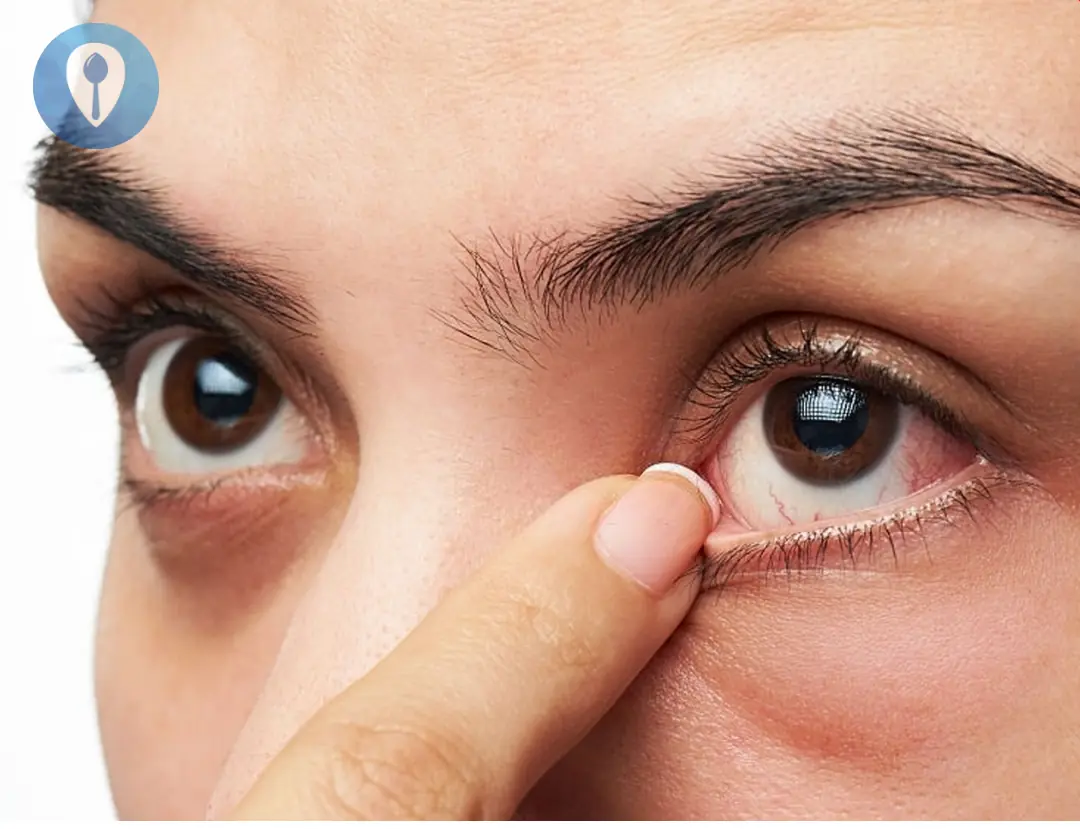
3 signs in the eyes warn of stroke, ca.nc.er 'visit'. Don't ignore!

Woman Discovers Cancer After Asking ChatGPT Just One Question

“Live Like a Monkey, Eat Like an Ant, Think Like a Child”: The 103-Year-Old Doctor’s Secrets to a Long and Healthy Life

No Matter How Hot Summer Gets, Avoid Bathing During These 3 Times: Many People Know But Still Ignore

How many meals a day is truly best for your health
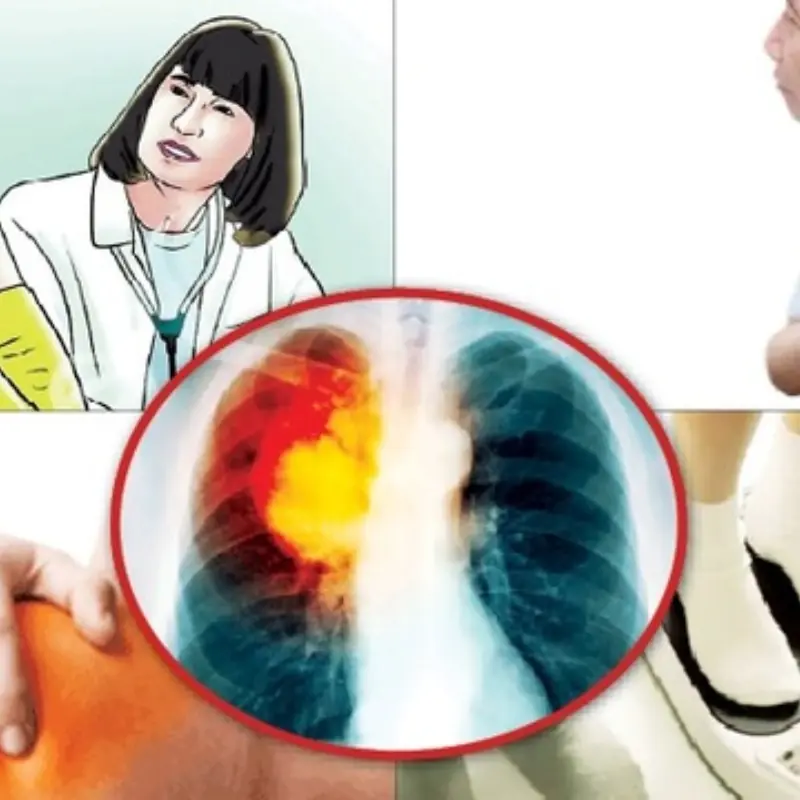
Waking up early in the morning

This Wild Herb Is Dubbed 'Ginseng for the Poor' — And Hardly Anyone Knows It Exists
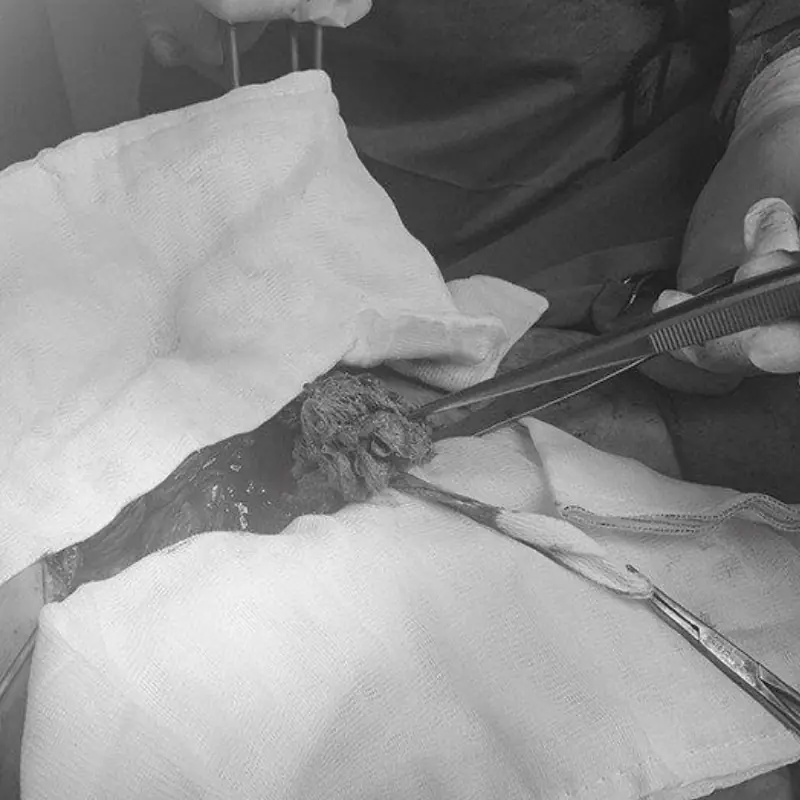
Doctors Find Gauze Left in Patient’s Body for Almost 10 Years

38-Year-Old Man with Sto.mach Can.cer Warns: 3 Leftover Foods in Your Fridge Could Be Can.cer Triggers

Benefits of placing ginger next to the pillow before sleeping

Right at the market, there is a very common type of fish for sale, but it is extremely good for the brain and heart

15 Foods Good for Kidney Health
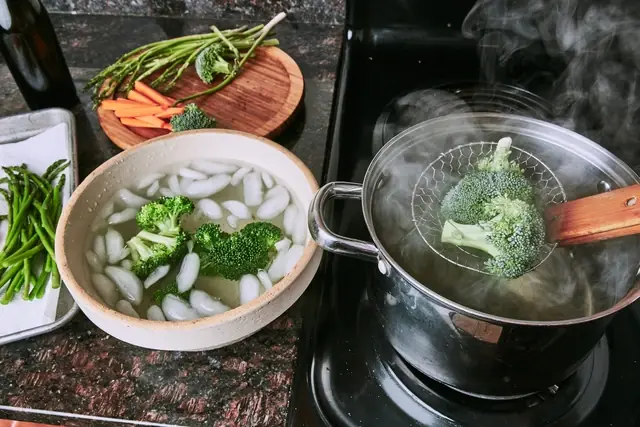
Too Lazy? These 4 Types of Vegetables Must Be Blanched — Or Your Kid.neys and Li.ver May Suffer

5 times you should never take a bath to avoid a str.oke
News Post

What is Sleep Paralysis? Causes and Remedies

Water fasting doesn't make body remove all cancer, Alzheimer's cells

What Happens If You Eat More Than 7 Eggs a Week? The Truth May Surprise You

Defrosting Meat with Hot Water Is WRONG — and a Dangerous Invitation for Bacteria to Enter Your Body!

Why Do Hotels Always Choose White Bed Sheets? The Surprising Secrets Behind This Simple Choice
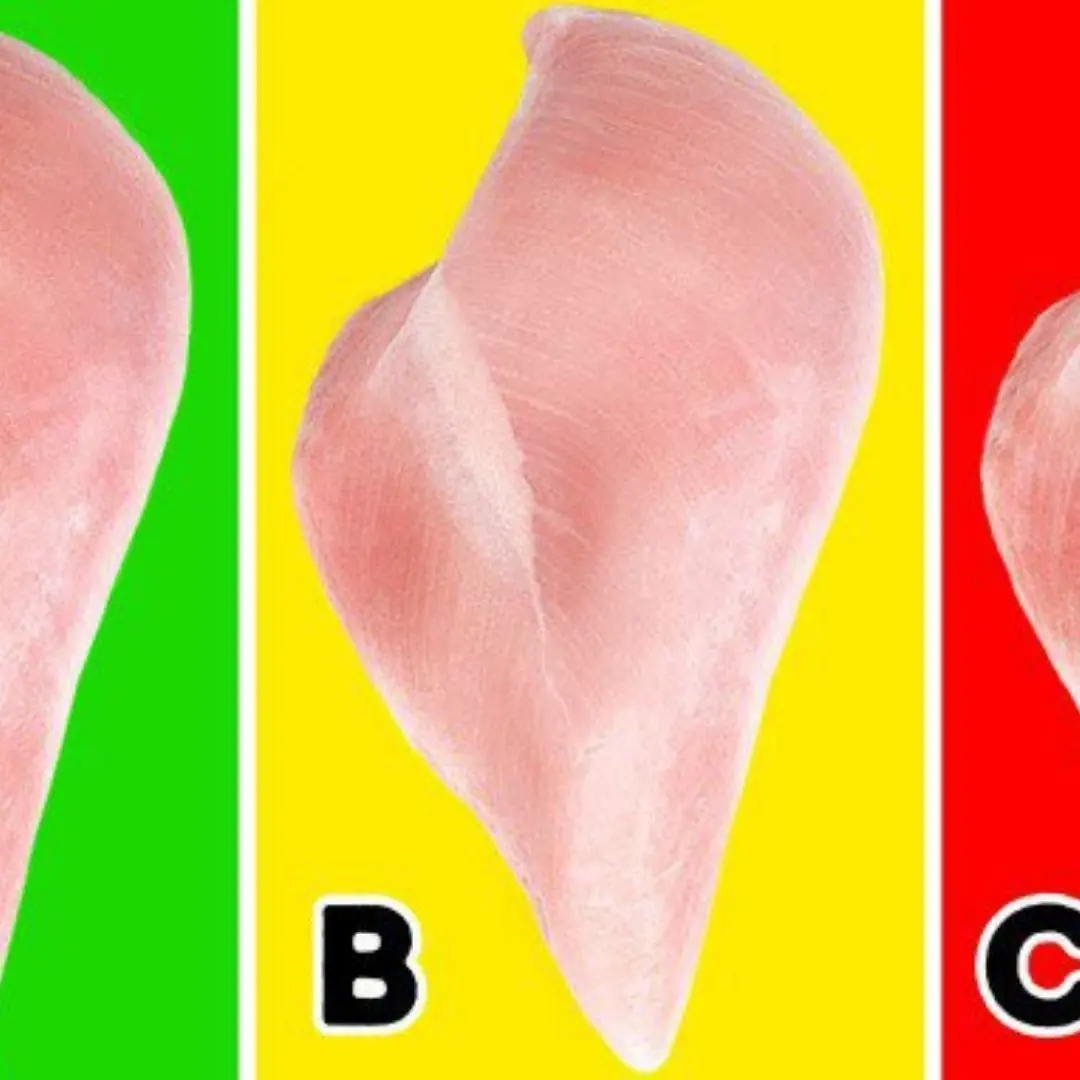
Chicken with white stripes: Should you eat it or should you throw it away? Hear the experts' answers
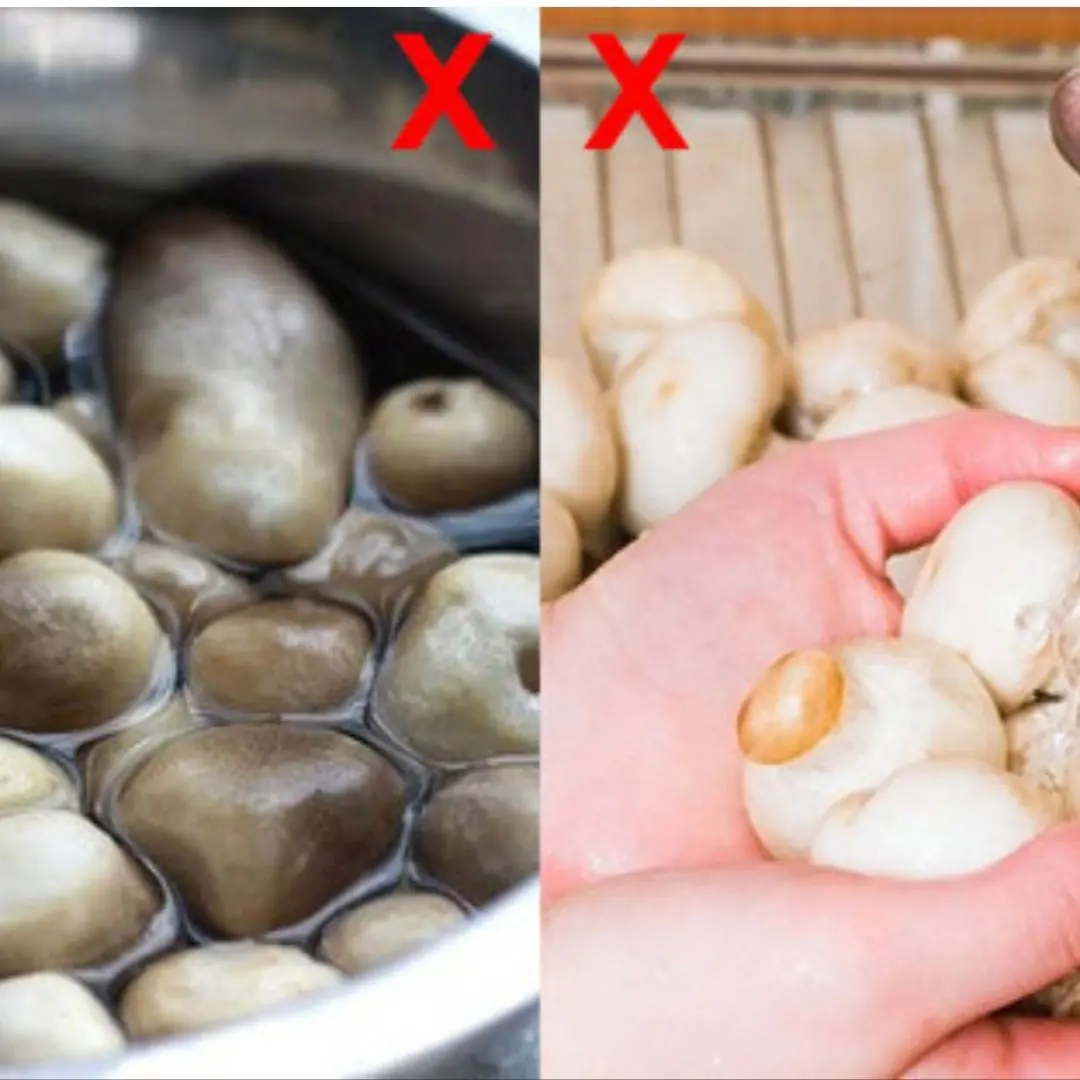
Simply washing mushrooms with water isn’t clean enough — add this and dirt will come off automatically

3 symptoms that appear in the morning warn of can.cer

Never ever remove this plant from your garden, it is extremely valuable

Too many geckos in the house, here's a little trick to make them 'go away and never come back'

Dining Out? Here Are the Dishes You Should Avoid at Restaurants to Protect Your Health, Wallet, and Enjoyment

Not Bananas! These Are the 2 Naturally "Clean" Fruits With Almost No Pesticides – Nutritious, Delicious, and Often Overlooked at the Market

Quick and Easy Garlic Peeling Hacks: Save Time and Keep Your Hands Odor-Free

Crush this handful of leaves and place it in the room.

12-Year-Old Girl Invents Solar-Powered Blanket To Keep Homeless Warm, Could Save Lives!

3 ABNORMALITIES in the hand warn of liver can.cer

3 signs in the eyes warn of stroke, ca.nc.er 'visit'. Don't ignore!

Dog Uncovers Ancient "Treasure" During a Casual Beach Walk With Owner!
